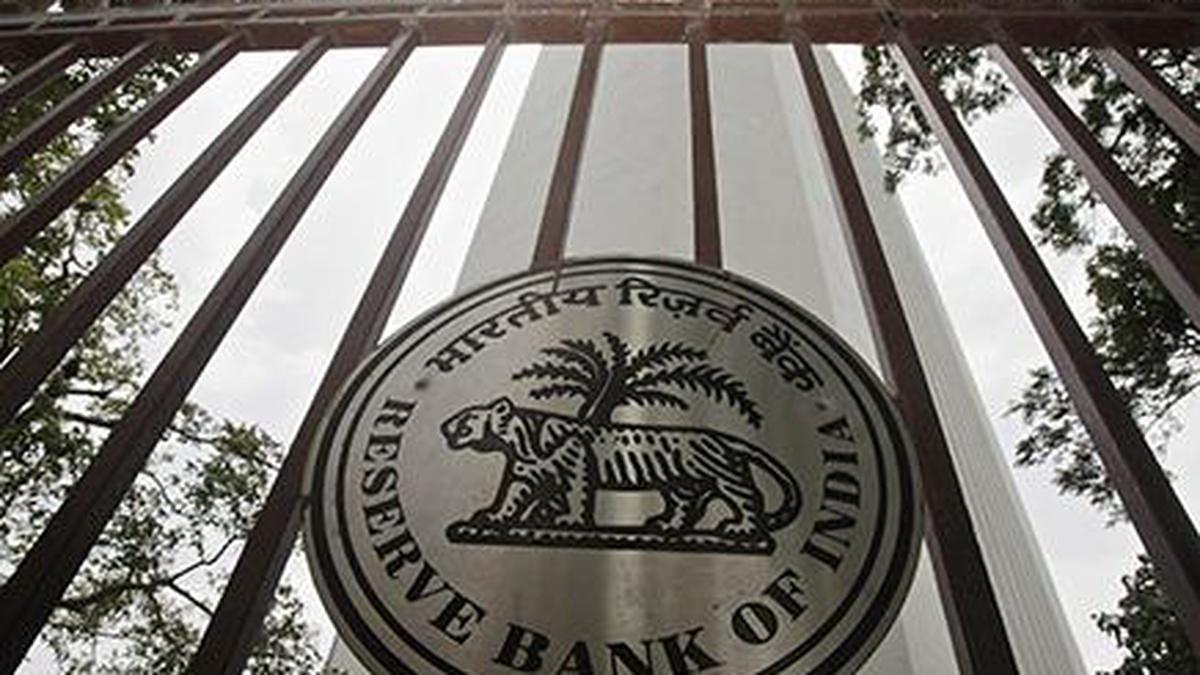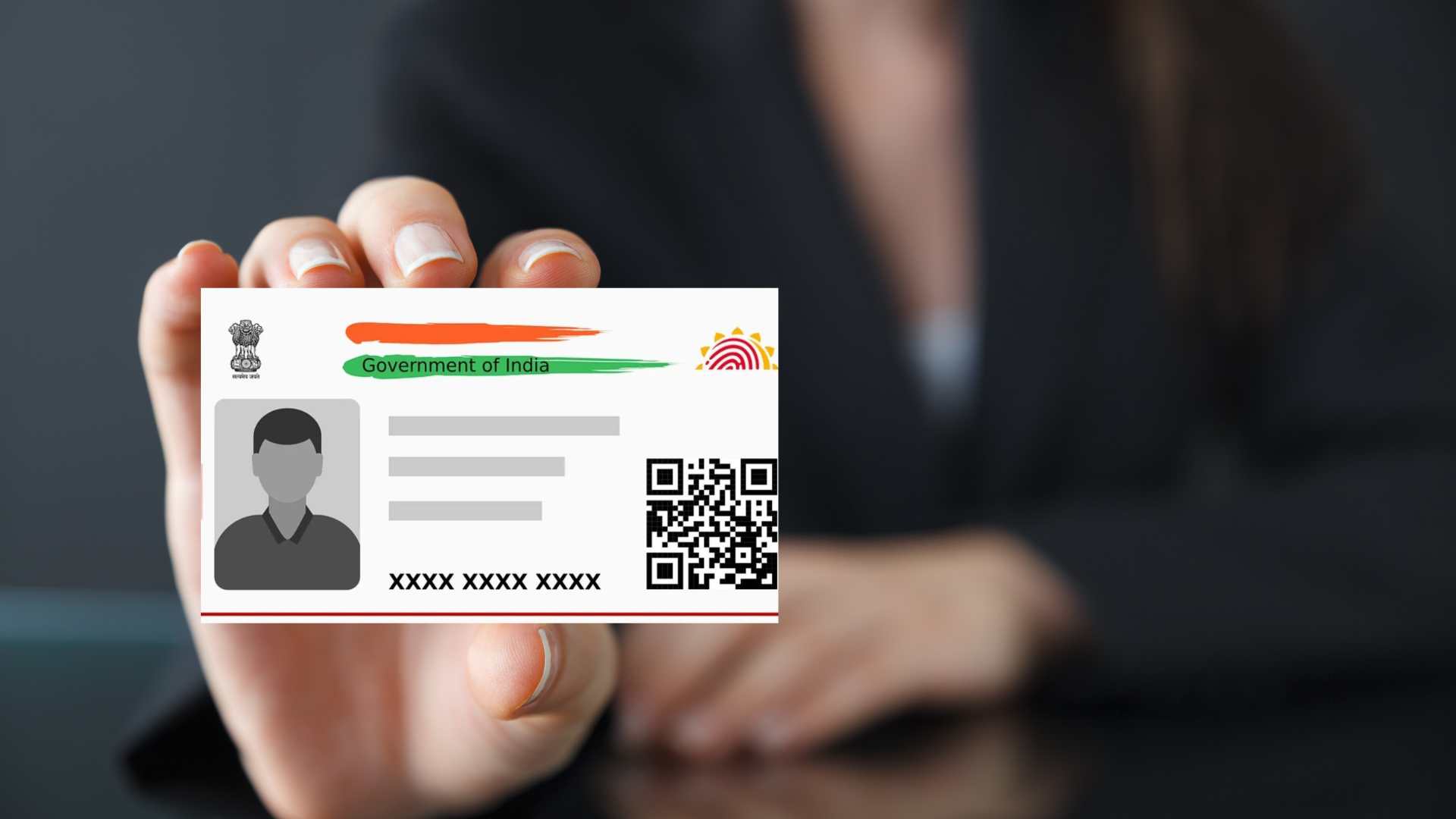RBI’s Framework for Prevention of Financial Frauds through Voice Calls and SMS: Comprehensive Guide for Regulated Entities
Introduction
In 2023, the Reserve Bank of India issued comprehensive guidelines on Prevention of Financial Frauds Perpetrated Using Voice Calls and SMS, establishing a multi-layered defense framework against the growing menace of vishing and smishing frauds. This proactive regulatory intervention addresses the alarming rise in social engineering frauds targeting banking customers through voice calls and text messages impersonating legitimate financial institutions.
What is the Voice Call and SMS Fraud Prevention Framework?
The Framework outlines mandatory technical measures, customer awareness initiatives, fraud detection systems, inter-institution coordination mechanisms, and reporting requirements for regulated entities to prevent, detect, and respond to phone-based financial frauds. It establishes a comprehensive approach covering customer education, technological safeguards, and institutional coordination to combat sophisticated social engineering attacks.
Why is a Specialized Framework for Voice and SMS Fraud Required?
- Addresses the exponential growth in vishing and smishing attacks
- Creates standardized defense mechanisms across the financial system
- Establishes clear accountability for fraud prevention and response
- Protects vulnerable customers from sophisticated social engineering
- Builds public confidence in phone-based banking communications
Key Components of the Fraud Prevention Framework
Technical Safeguards
- Digital signature implementation for official SMS
- Sender ID registration and verification
- Call masking prevention measures
- SMS header standardization
- Callback verification implementation
Customer Education and Awareness
- Targeted awareness campaign requirements
- Education content standardization
- Multi-channel communication approach
- Fraud typology explanation materials
- Periodic reinforcement mechanisms
Transaction Monitoring Systems
- Behavioral analytics implementation
- Unusual transaction pattern detection
- Real-time monitoring requirements
- Risk-based authentication triggers
- Multi-factor authentication enhancement
Fraud Response Mechanism
- 24×7 fraud reporting channels
- Immediate response protocol
- Account freezing mechanism
- Inter-bank coordination framework
- Law enforcement engagement process
Reporting and Information Sharing
- Fraud incident reporting requirements
- Trend analysis and pattern sharing
- Coordination with telecom authorities
- Information exchange with FIU-IND
- Industry collaboration mechanism
Specific Requirements for Different Channels
Voice Call Channel Protection
- Official number registration requirement
- Call center authentication procedures
- Voice biometrics consideration
- Customer verification enhancement
- Outgoing call protocol standardization
SMS Channel Security
- Registered template requirement
- Header standardization across industry
- Content standardization guidelines
- Secure link implementation
- Two-way SMS verification
Mobile Banking Security
- App-based authentication preference
- Push notification standards
- In-app verification requirements
- Device binding enhancement
- Application security standards
Digital Payment Protection
- Beneficiary verification enhancement
- Cooling period implementation
- Risk-based transaction limitations
- Fraud pattern monitoring
- Customer notification requirements
Implementation Requirements
Technology Implementation
- Digital signature infrastructure
- API-based verification systems
- Real-time monitoring platforms
- Cross-channel authentication integration
- AI-based fraud detection systems
Process Enhancement
- Customer onboarding process modification
- Authentication procedure strengthening
- Transaction verification workflow update
- Callback verification implementation
- Exception handling procedure
Staff Training
- Fraud typology awareness
- Customer education techniques
- Authentication procedure training
- Fraud detection skills development
- Response protocol training
Customer Communication
- Communication material standardization
- Multi-lingual awareness content
- Targeted messaging strategy
- Digital literacy integration
- Reinforcement frequency standards
Fraud Detection and Response
Early Warning Indicators
- Behavioral anomaly detection
- Transaction pattern deviation
- Access location anomalies
- Authentication attempt analysis
- Cross-channel inconsistencies
Immediate Response Protocol
- 24×7 response team requirement
- First response time standards
- Account freezing mechanism
- Beneficiary bank notification process
- Fund recovery attempt requirement
Fund Recovery Mechanism
- Immediate freeze request protocol
- Beneficiary bank cooperation standard
- Recovery attempt documentation
- Legal process initiation standards
- Customer support during recovery
Root Cause Analysis
- Post-incident analysis requirement
- Vulnerability identification process
- Control failure assessment
- Systemic improvement identification
- Preventive measure implementation
Inter-Agency Coordination
Banking System Coordination
- Central fraud registry participation
- Immediate alert sharing mechanism
- Coordinated response protocol
- Information exchange standards
- Joint investigation framework
Telecom Sector Coordination
- Telecom regulatory engagement
- Suspected number reporting mechanism
- Header registration verification
- Voice call authentication cooperation
- SMS template registration system
Law Enforcement Cooperation
- Standard reporting format
- Evidence preservation guidelines
- Investigation support standards
- Joint training initiatives
- Information sharing protocols
Regulatory Reporting
- Incident notification requirements
- Periodic trend reporting
- Mitigation measure updates
- Customer impact assessment
- Control enhancement reporting
Vulnerable Customer Protection
Senior Citizen Protection
- Specialized awareness approach
- Enhanced verification for high-risk transactions
- Dedicated support channels
- Simplified reporting process
- Assisted digital banking services
Digital Newcomers
- Basic digital literacy support
- Simplified security explanation
- Step-by-step verification guidance
- Enhanced monitoring for new users
- Graduated transaction limits
Rural and Semi-Urban Customers
- Localized awareness campaigns
- Vernacular language support
- Local fraud pattern education
- Branch staff awareness enhancement
- Community-based education
Challenges and Mitigation Strategies
Social Engineering Sophistication
- Dynamic fraud typology education
- Psychological manipulation awareness
- Authority impersonation detection
- Urgency and fear tactic recognition
- Verification habit reinforcement
Technology Adoption Barriers
- Simplified security feature design
- Incremental implementation approach
- Backward compatibility considerations
- Alternative verification methods
- Assisted channel maintenance
Customer Experience Balance
- Friction-appropriate design
- Risk-based authentication approach
- Transparent security explanation
- Convenience-security balance
- Customer preference options
Cross-Border Challenges
- International coordination mechanisms
- International number handling
- Cross-border transaction monitoring
- Jurisdiction challenge management
- International best practice adoption
Conclusion
The RBI’s Guidelines on Prevention of Financial Frauds Perpetrated Using Voice Calls and SMS represents a comprehensive approach to combating sophisticated social engineering attacks targeting banking customers. Financial institutions that implement robust technical safeguards, effective customer education, and coordinated response mechanisms will be better positioned to protect their customers and their own reputation while contributing to overall trust in the digital financial ecosystem.














